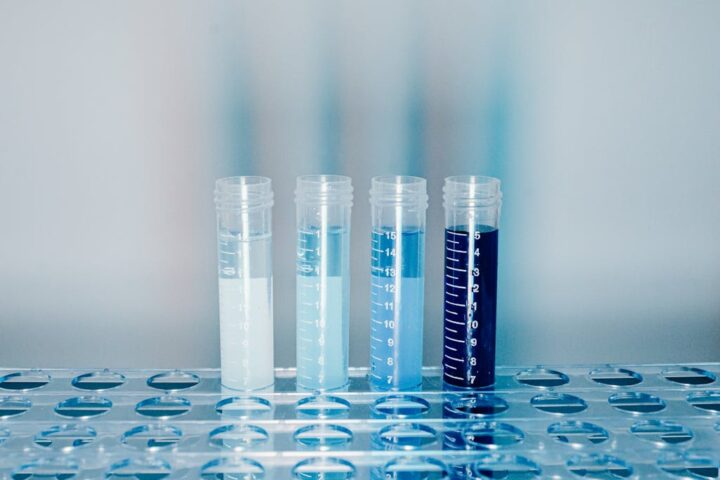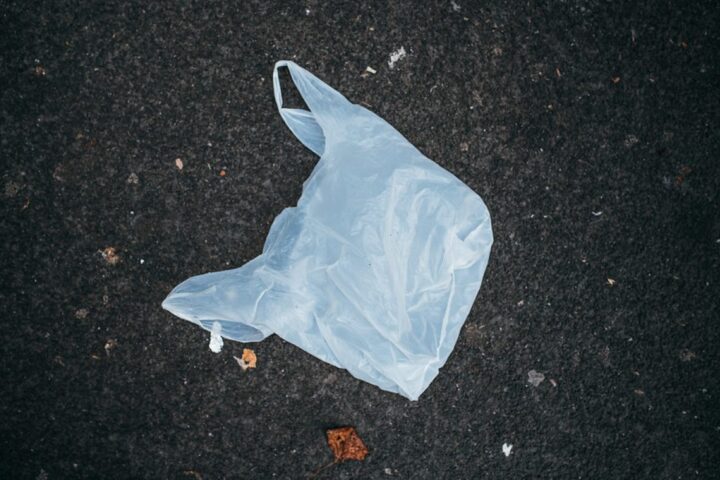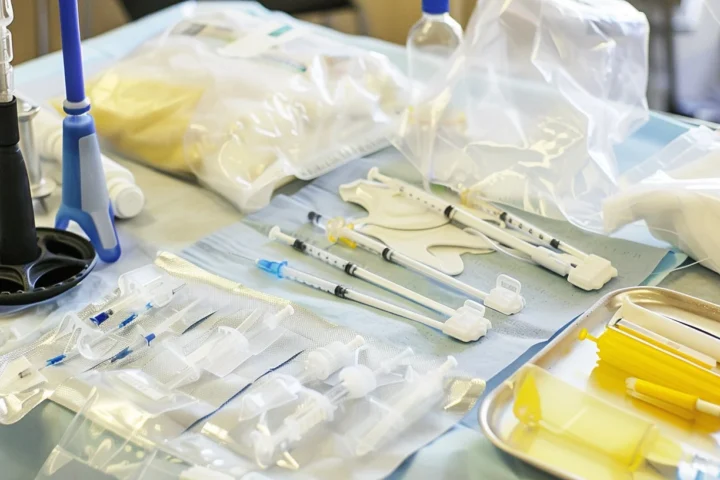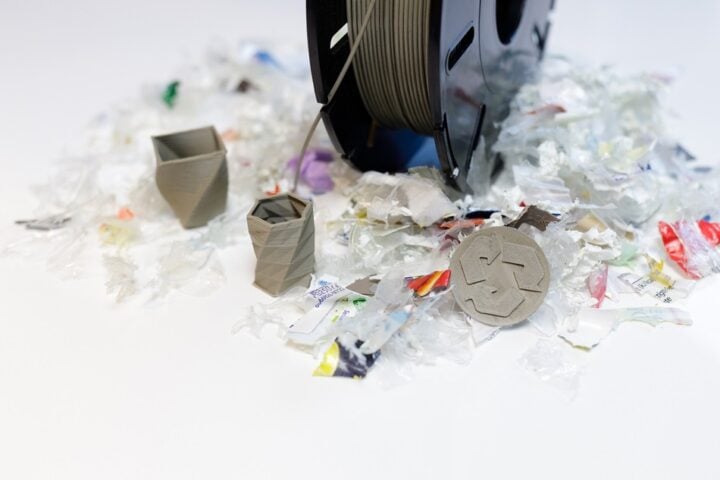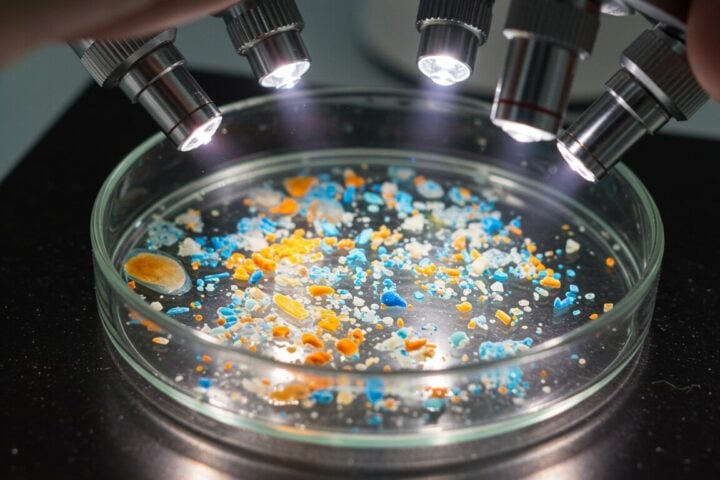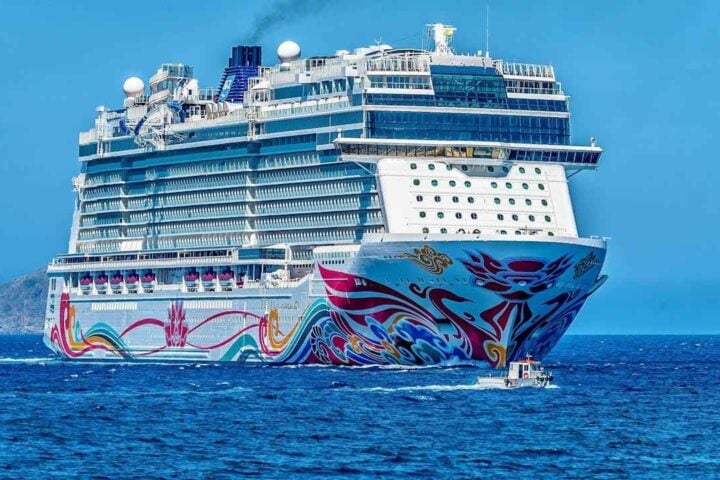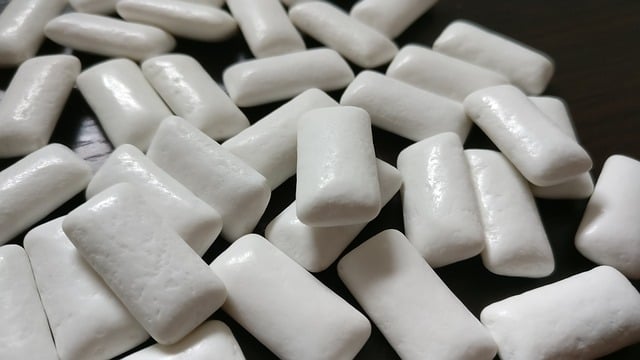
Urgent Aldi Chicken Recall: Plastic Fragments Found in Popular 400g Product Pose Choking Risk
When plastic turns up in your sandwich filling, it’s time to check your fridge. That’s exactly what Aldi shoppers need to do following a recent food safety alert. The Food Standards Agency

